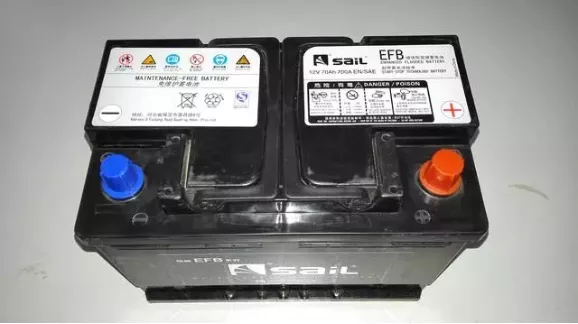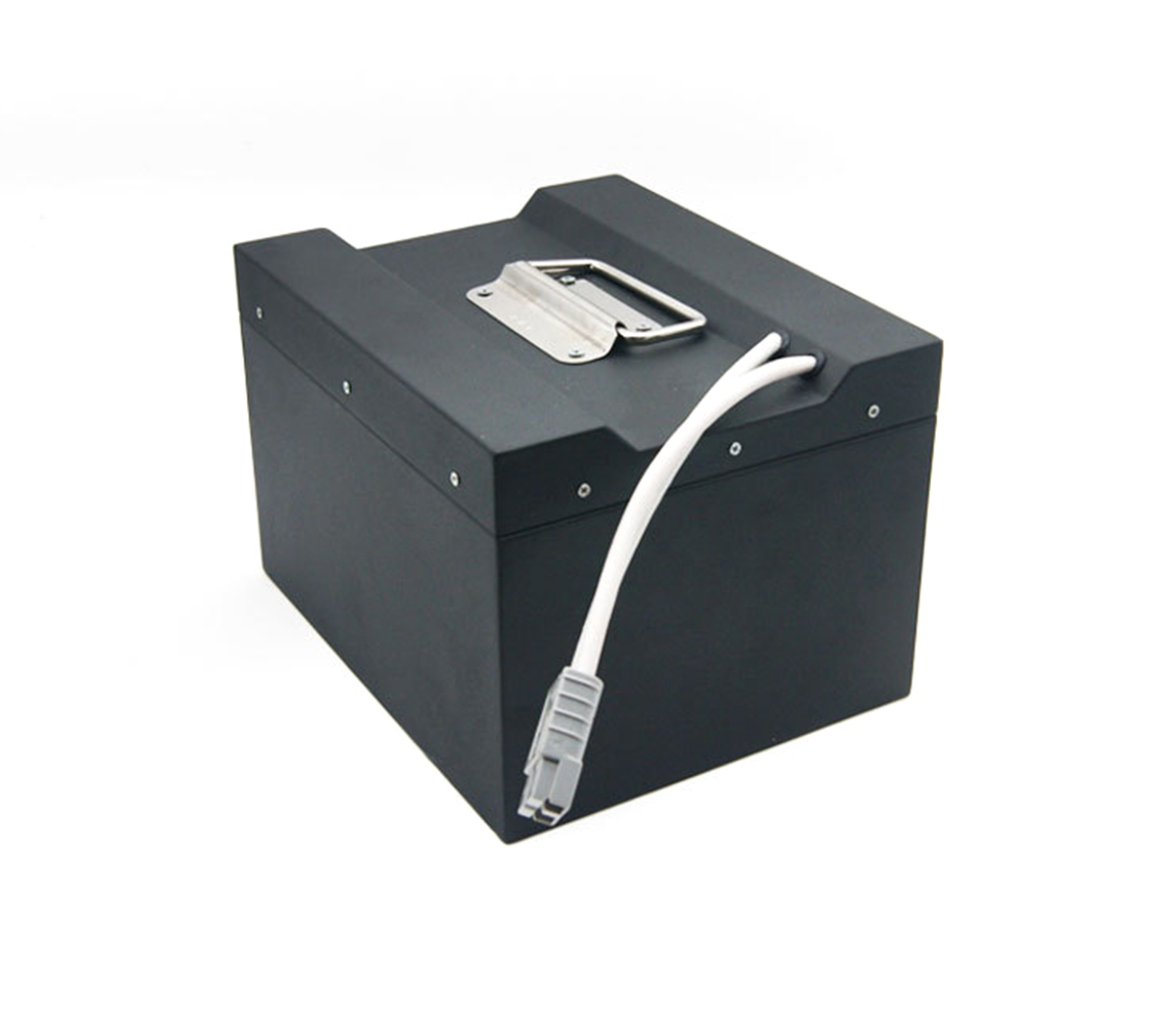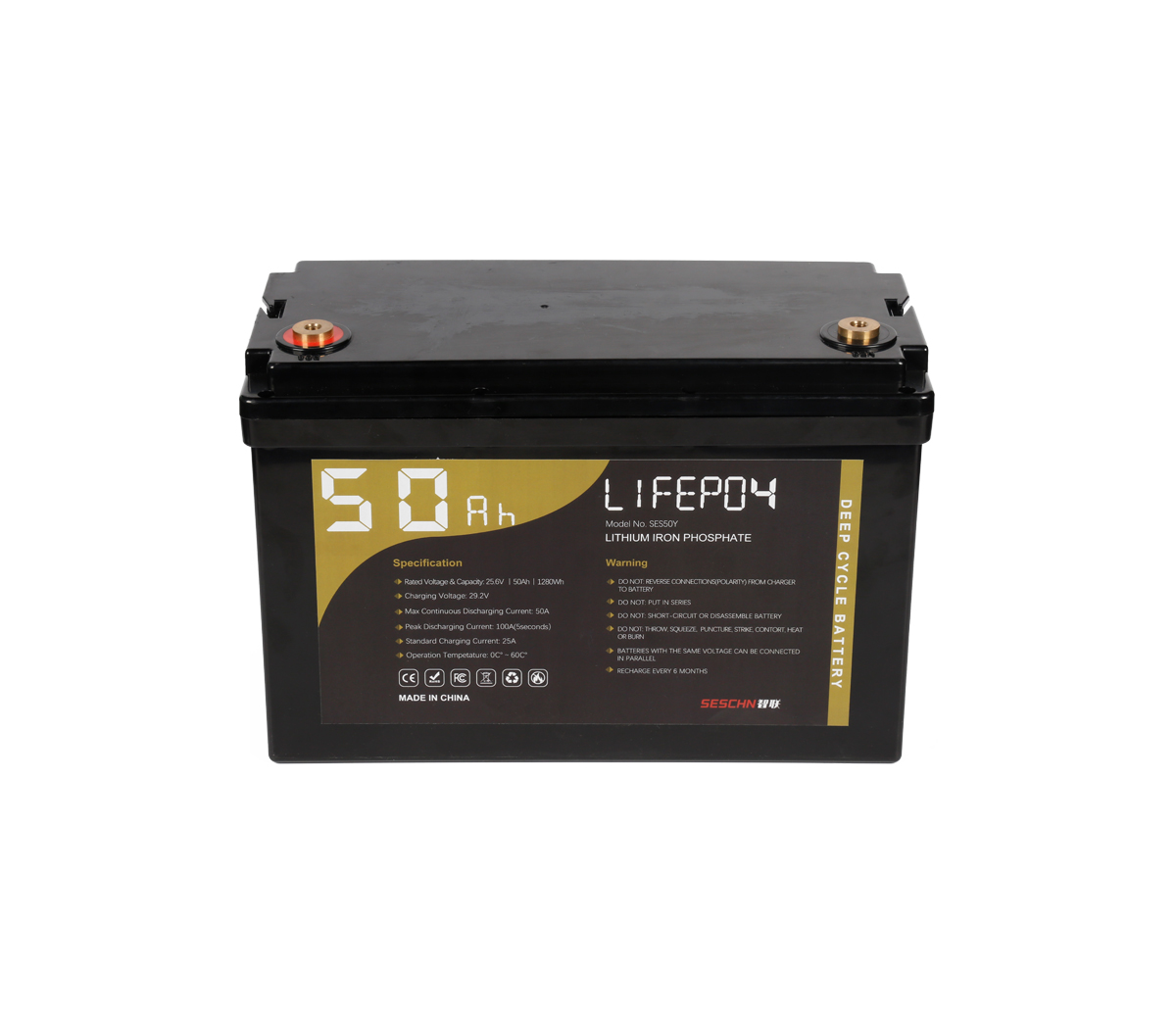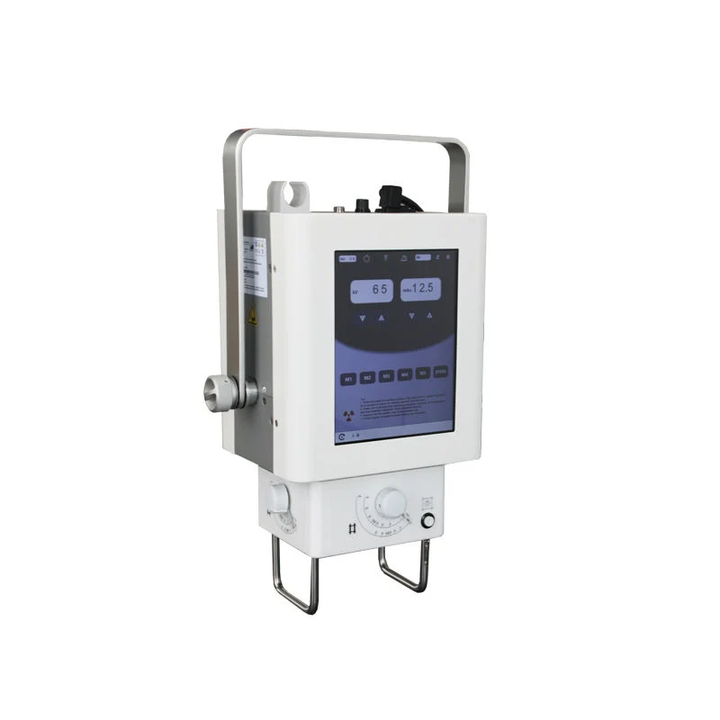Although lead-acid batteries have been gradually used by lithium batteries
– especially lithium iron phosphate batteries that can perfectly replace
lead-acid batteries – the price has been falling, it seems that the future of
lead-acid batteries is extremely bleak.
Although SES Power has been engaged in the development and production of
lithium-ion batteries, we have been paying attention to the situation of
lead-acid batteries, which we believe will still have very broad applications
for a long time in the future. This is the result of the difference between
lead-acid batteries and lithium batteries.

Among them, EFB lead-acid batteries are suitable for scenarios with harsh
temperature environment and high current demand, which are ideal for use in
start-stop devices of automobiles, which have stronger advantages than AGM
lead-acid batteries. although SES Power has successfully used high rate lithium
iron phosphate batteries to make products that can replace EFB lead-acid
batteries, there is no denying that the price advantage of EFB lead-acid
batteries is quite obvious The price advantage of EFB lead-acid batteries is
undeniable.
A: EFB Battery Overview
The full name of EFB battery is enhanced maintenance-free lead-acid
battery, which is an upgrade of the ordinary liquid-rich battery, while new
materials, new technologies and new production equipment to ensure the stability
of the EFB battery performance and quality, in terms of battery life,
low-temperature starting, water loss, etc. have been greatly improved. The
battery is mainly used in cars equipped with start-stop system.
B: Characteristics of EFB battery
1. performance characteristics of EFB battery in addition to the use of no
need to add supplementary water and no other maintenance, but also should have:
Ø low self-discharge, after a longer period of storage can still be used (3
months) Ø low temperature starting power, adapt to frequent starting Ø charging
reception performance is good Ø long service life (3 ~ 5 years) Ø safe
explosion-proof Ø small water loss
2. structural features: EFB battery adopts new alloy, new lead paste
formula and new spacer, this series of measures make EFB battery in battery
life, water loss, low temperature starting, etc. has been greatly improved, the
unique tight assembly makes the battery in the process of use effectively
prevent the battery lead paste softening off, the battery internal new patented
design infusion device can effectively prevent the acid stratification
phenomenon, at the same time The new patented design of "labyrinth lattice"
design of the large cover effectively prevents the overflow of acid and acid
mist, which increases the safety of battery use.
3. Use characteristics: EFB battery has low self-discharge and long service
life. Maintenance-free lead-acid batteries generally last 2 to 3 years, while
EFB batteries can last 3 to 5 years. At the same time, EFB battery adopts new
technology, low temperature starting current has been greatly improved compared
with ordinary maintenance-free battery.
C: The difference between EFB battery and common maintenance-free battery
battery
EFB battery cover uses new structure; common maintenance-free battery cover
uses traditional structure EFB uses new partition; common maintenance-free uses
PE partition EFB uses new design plate grid; common maintenance-free uses
traditional design plate grid EFB low-temperature starting current is large;
common maintenance-free low-temperature starting current is relatively small EFB
service life is 3-5 years; common maintenance-free service life is 2-3 years EFB
Adopt constant-voltage current-limiting charging; ordinary maintenance-free
adopts constant-voltage charging
D: Maintenance and management of EFB battery
The EFB battery is characterized by the fact that no other maintenance is
required during use, except for storage under normal battery conditions.
Ø EFB batteries are strictly prohibited to be stored at a loss of power
(voltage cannot be lower than 12.6V)
Ø EFB batteries are strictly prohibited to be stored under sunlight and
non-ventilated conditions
Ø EFB batteries are strictly prohibited to be inverted or tilted 45° for
more than 60 minutes during storage
Ø EFB batteries need to be replenished after being stored for a long time,
generally once every 3 months.
E: Charging of EFB battery
1. Charging method: Another feature of EFB battery compared with ordinary
maintenance-free lead-acid battery is the use of constant voltage and current
limiting charging. As we know, at the end of constant current charging of
ordinary batteries, the terminal voltage of the battery can reach 2.6-2.8
volts/single cell, and a large amount of gas will be generated in the battery at
such high charging voltage. Even for maintenance-free batteries, a large amount
of gas will be produced, which will affect the service life of the battery.
2. Charging value setting: EFB battery charging should implement constant
voltage current limiting charging method, charging voltage is 16V, charging
current ≤ 5I20 (I20 is the rated capacity of the battery divided by the value of
20, for example, EFB 70Ah battery, I20=3.5A), charging process should detect the
battery temperature change, every 2 hours to accurately observe the battery
reflecting the situation, such as the temperature is too high should immediately
stop charging .
F: Detection of fault
EFB battery compared with ordinary lead-acid battery, its failure rate is
very low, it is in addition to the use of new materials, which has a lot to do
with its manufacturing process, EFB battery a liquid charge, the battery is
filled after the test after the second filling acid heat sealing, such as
battery quality problems, before the heat sealing has been exposed. So, don’t
worry about the quality of EFB battery on your hands.
But there is no absolute 100% of any product, so EFB batteries also have
relative quality problems, the following is a brief description of the EFB
battery testing method.
Appearance judgment method
Ø first tilt the battery on all sides to see if the battery heat sealing
liquid seepage or leakage Ø tilt the battery left and right to see if the
battery filter is off or exhaust hole whether there is liquid outflow
Voltage detection method
Ø test the battery voltage voltages are normal, such as 12.75V electricity
is sufficient, 12.6V electricity is slightly loss, 12V loss, 10V may have short
circuit problems, but also refer to the color of the battery capacity visualizer
Determine.
Charging check method
Ø less than 12V battery charging requirements in accordance with the
charging check, such as 12-18 hours to reach 12V battery may have short-circuit
problems, analyze the causes into parallel processing. In the charging process
to reach 14V to continue charging until the battery to the fully charged
state.



































